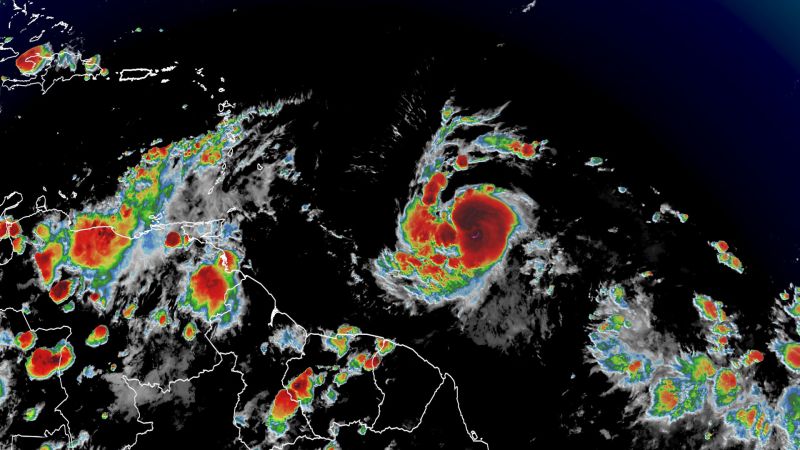The Israeli Health Ministry reported on Thursday that 81 people have been diagnosed with West Nile virus, 64 of whom have been hospitalized, with six on ventilators. A total of seven people diagnosed with the virus have died. Most patients who were diagnosed were from central Israel.
The ministry has emphasized guidelines for medical staff, instructing them to focus on diagnosing and monitoring the disease. The public is advised to use mosquito repellent products and appropriate equipment to keep mosquitoes away and to use fans in living areas, which help repel mosquitoes.
How is the West Nile virus caused?
West Nile virus is caused by infection with a virus naturally found among birds. The disease process begins with mosquitoes biting birds and transmitting the virus, which continues to live in the birds’ bodies. Subsequently, mosquitoes bite again, transmitting the virus to animals and humans.
The disease is usually mild, but it can also cause severe illness and death. Most infections are asymptomatic. In some cases, a flu-like illness occurs, which resolves on its own. Symptoms include fever, headaches, weakness, joint and muscle pain, conjunctivitis, rash, and sometimes nausea and diarrhea.
In about 1% of cases, the disease becomes severe, with neurological symptoms indicating meningitis, acute encephalitis, or acute flaccid paralysis. The incubation period is usually seven to 14 days, and in exceptional cases, three to 21 days. The disease is not transmitted from person to person. Those at high risk include patients with chronic diseases that suppress the immune system, cancer patients with weakened immune systems, infants, and the elderly. According to medical literature, the virus is transmitted in nature only by infected mosquitoes, and there is no evidence of transmission from animals to humans. There is no vaccine for humans. Currently, a vaccine exists only to protect horses.
There is no specific treatment for the disease. Attempts are being made to administer intravenous antibody infusions called IVIG and the drug interferon, in the hope that these will enhance the immune system’s ability to eliminate the virus spreading in the body. Patients also receive fluids, antibiotics to prevent secondary infections, and ventilation if necessary. The main way to combat the disease is to prevent mosquito bites by using repellents, window screens, appropriate clothing, and reporting mosquito clusters or water reservoirs to authorities.
Warning signs requiring emergency room visits after a mosquito bite:- Prolonged fever over a week- Multiple vomiting episodes with every attempt to drink- No urination for more than 10 hours- Rapid breathing (over 20 breaths per minute in adults, over 40 in children)- Decreased consciousness- Light sensitivity- Severe headaches that disrupt sleep

Dr. Debi Johnson is a medical expert and health journalist dedicated to promoting well-being. With a background in medicine, she offers evidence-based insights into health trends and wellness practices. Beyond her reporting, Dr. Debi enjoys hiking, yoga, and empowering others to lead healthier lives.








